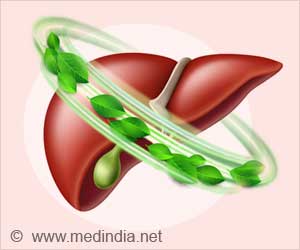According to new data, a novel targeted drug shows promise in treating patients with advanced pigmented villonodular synovitis (PVNS) a rare neoplastic joint disorder.

The drug, PLX3397, is a tyrosine kinase inhibitor that potently inhibits the colony stimulating factor 1 (CSF1) receptor kinase, a driving force in the development and growth of PVNS.
"By taking this drug that potently inhibits a single genetic process, several patients with advanced PVNS appeared to experience, in a relatively short amount of time, relief from pain and stiffness as well as marked improvement in joint function, all with minimal side effects," says William D. Tap, MD, lead author on the study and Chief of the Sarcoma Medical Oncology Service at Memorial Sloan Kettering. "This is a proof-of-principle study that demonstrates the powerful clinical benefit of matching the right drug to the right molecular abnormality and further spurs excitement over the potential of precision medicine."
PVNS is a rare and destructive joint disorder that affects approximately 600 young and middle-aged adults in the United States each year. Patients with PVNS experience an inflammation and overgrowth of the synovium, or joint lining, which results in swelling, pain, and reduced mobility in the affected joint. PVNS is not considered a cancer because it usually remains within a single joint rather than metastasizing, and is not known to cause death. The knee is the most common site affected, followed by the hip.
PVNS tumors express high levels of CSF1, a protein that continually attracts an abundance of cells with CSF1 receptors, such as macrophages, to the joint. This influx of cells causes the inflammation and overgrowth of the joint lining, which can destroy the joint over time.
There are no drugs approved to treat advanced PVNS. Surgery to remove as much of the tumor as possible is the standard of care, with patients sometimes receiving local radiation. However, because these tumors are locally invasive — wrapping around bone, tendons, ligaments, and other parts of the joint — the disease may recur, requiring additional surgery or joint replacements and eventually advancing to the point where it is no longer operable. These patients have few treatment options, among them amputation.
Advertisement
The most common treatment-related side effects were hair-color changes, fatigue, nausea, swelling around the eyes, abnormal taste, diarrhea, vomiting, and decreased appetite.
Advertisement
PLX3397, which received orphan drug designation by the FDA in February 2014, was discovered and is being developed by Plexxikon, who funded the phase I trial. The drug is moving to an international phase III clinical trial, which Dr. Tap is helping to organize.
Source-Eurekalert










